
AeroGenie — Votre copilote intelligent.
Tendances
Categories
United Boeing 787 Makes Emergency Landing After Engine Failure
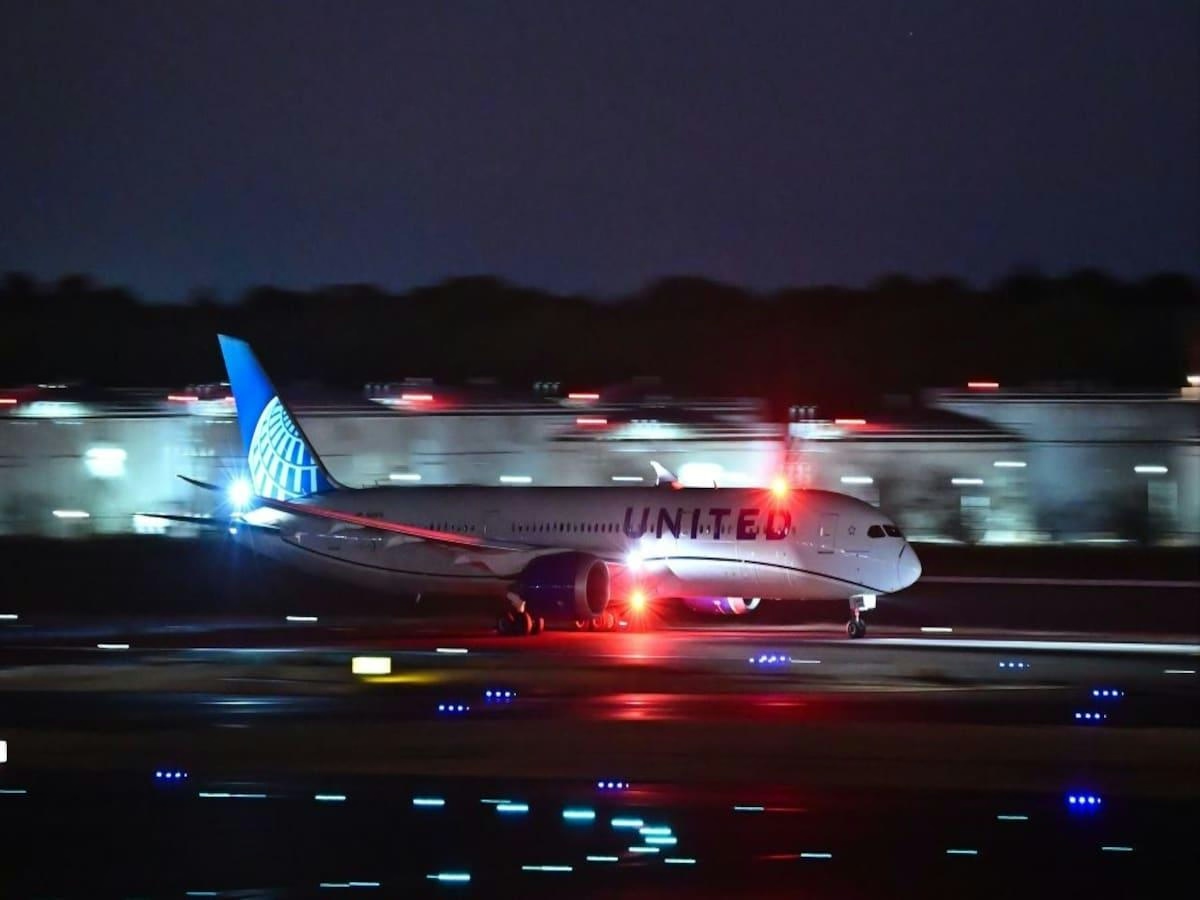
United Boeing 787 Makes Emergency Landing After Engine Failure
Emergency Return to Washington Dulles
A United Airlines Boeing 787-8 Dreamliner was compelled to execute an emergency landing at Washington Dulles International Airport on the evening of Friday, July 25, following an engine failure shortly after takeoff. Flight 108, bound for Munich, had departed over two hours behind schedule at approximately 8 p.m. The aircraft, carrying 230 passengers and fueled for the transatlantic journey, encountered a mechanical issue that necessitated an immediate return to the airport.
According to statements from United Airlines and the Metropolitan Washington Airports Authority (MWAA), the plane returned to Dulles roughly 30 minutes after departure. Audio recordings from air traffic control, made public by LiveATC.net, captured the pilots declaring an emergency at an altitude of about 5,000 feet, with one pilot reporting, "Engine failure, left engine. Mayday, mayday, mayday." Prior to landing, air traffic controllers directed the crew to a designated area west of the airport to conduct fuel dumping, a standard safety procedure to reduce the aircraft’s weight for landing. The tower broadcasted, "Attention all aircraft, fuel dumping in progress, 10 miles west of Dulles."
Safe Landing and Aftermath
Despite the failure of one engine, the Boeing 787 is engineered to operate safely on a single engine, a scenario regularly rehearsed in pilot training. The aircraft landed without incident, and all passengers disembarked normally at the gate. Fire and rescue teams conducted a thorough inspection before the plane was towed to a gate. United Airlines subsequently canceled the flight and arranged alternative travel for those affected. The aircraft, registered as N27901, returned to service three days later and has since completed multiple flights to destinations including Greece and West Africa.
Context and Industry Implications
This emergency landing follows a recent pattern of incidents involving United Airlines’ Boeing 787 fleet. On July 12, another United 787 flight from Los Angeles to Seattle declared an emergency mid-flight and diverted to Seattle. These consecutive events have sparked concerns regarding the reliability of the Boeing 787 model, drawing increased scrutiny from aviation regulators and passengers.
Industry analysts observe that such incidents can temporarily undermine passenger confidence and may result in elevated operational costs for airlines due to emergency protocols and necessary repairs. Competitors may also leverage these events to emphasize the safety records of their own fleets. As investigations proceed, both United Airlines and Boeing face growing pressure to address reliability issues and restore public trust.
For ongoing updates, official communications from United Airlines and relevant aviation authorities should be consulted.

Britain can lead the electric air taxi revolution

StandardAero Partners with GMF for Engine Maintenance and Repair

AAR to Expand MRO Services with Acquisition of HAECO Americas Facilities
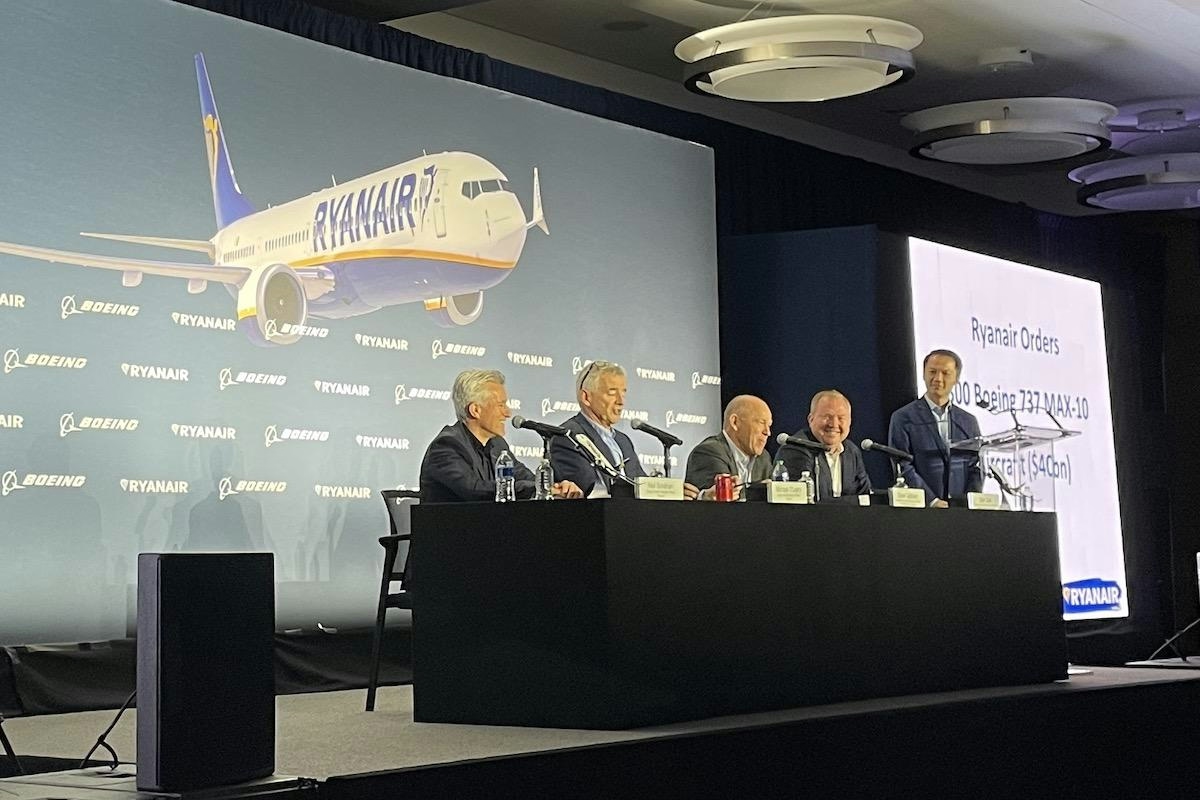
Ryanair Accelerates Pilot Recruitment Ahead of Boeing 737 MAX 10 Delivery
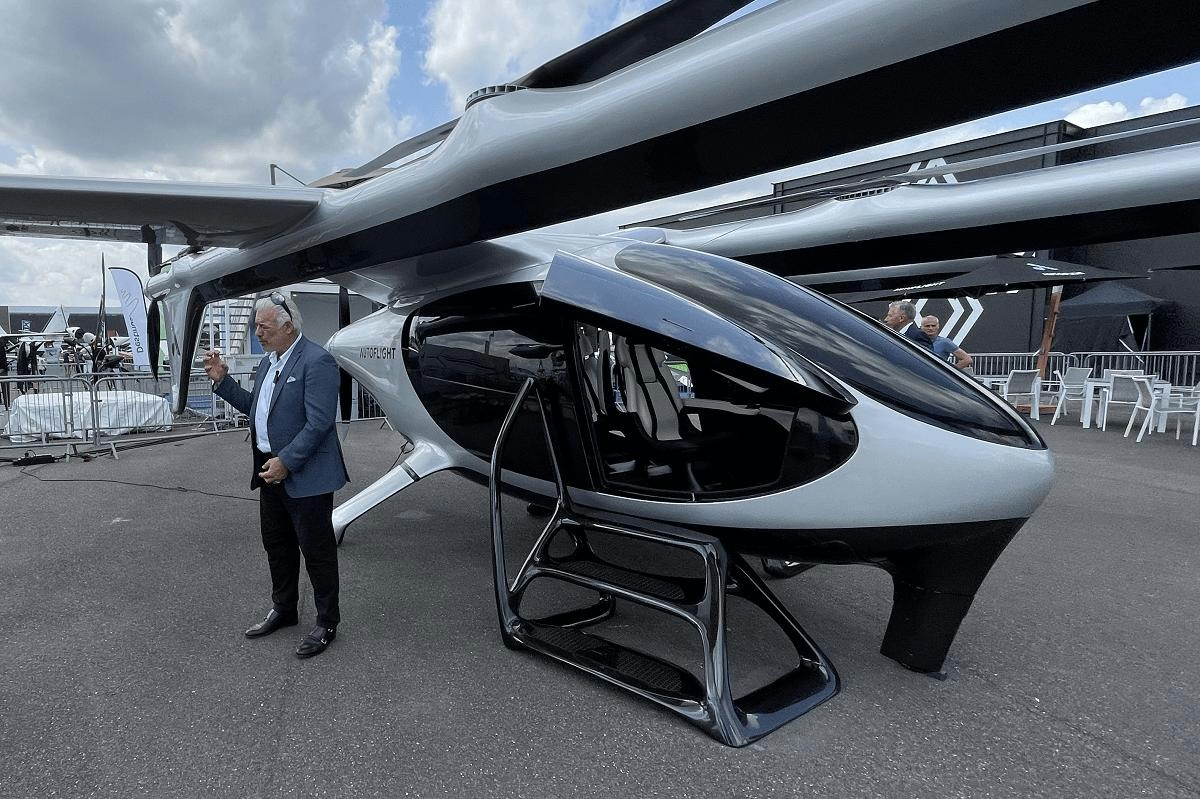
AutoFlight Plans Delivery of 50 eVTOL Aircraft in 2024

Capital A Launches New Aviation Hub in Bahrain as Part of Multi-Hub Strategy
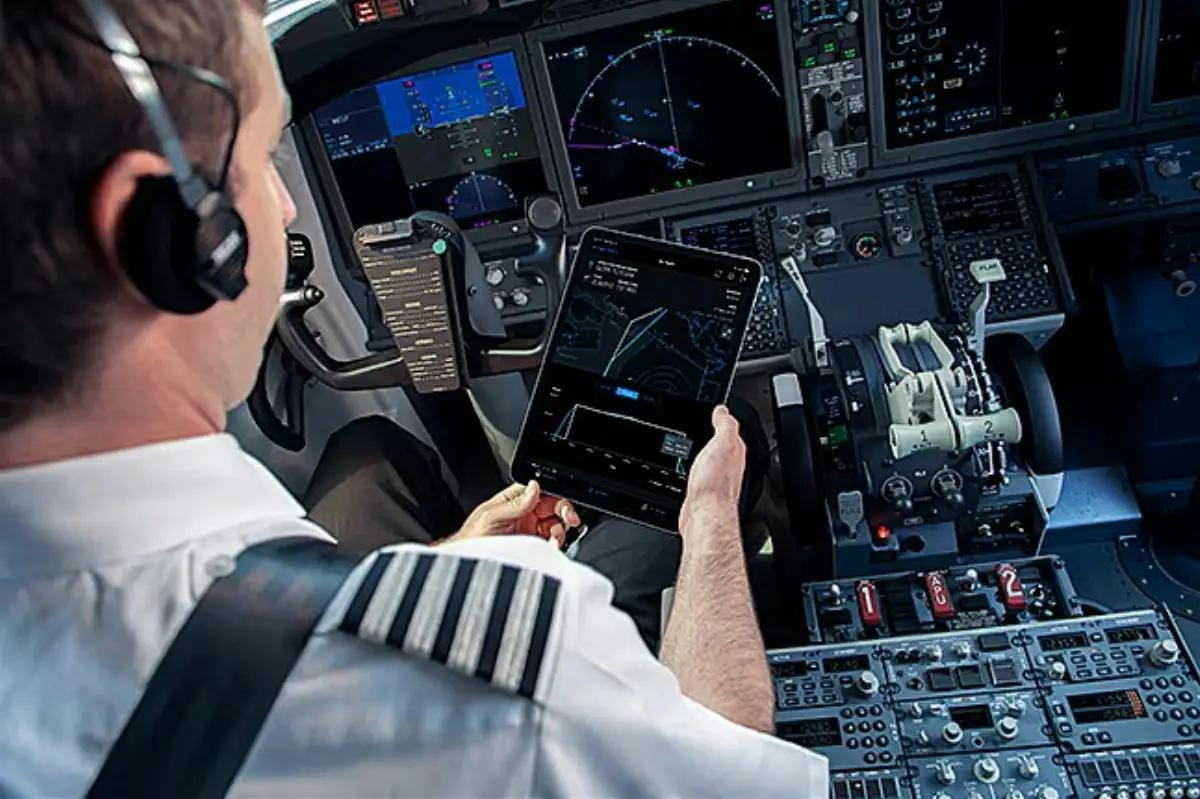
Jeppesen ForeFlight Becomes Independent Company, Introducing AI Solutions for Aviation
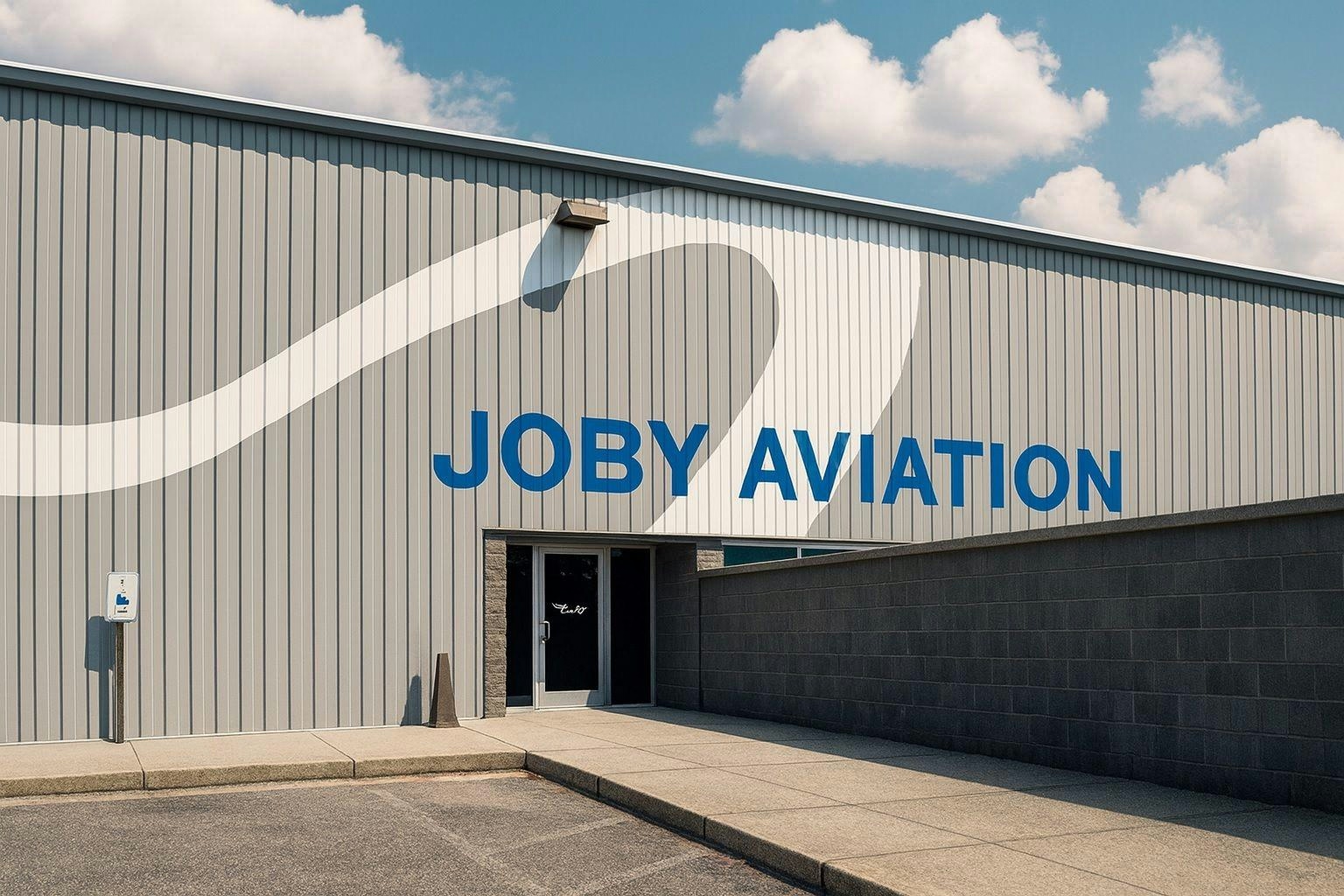
Joby’s UAE Certification Delay Raises Concerns Over Air Taxi Timeline, Weighs on eVTOL Stocks
Veryon Acquires EBIS
